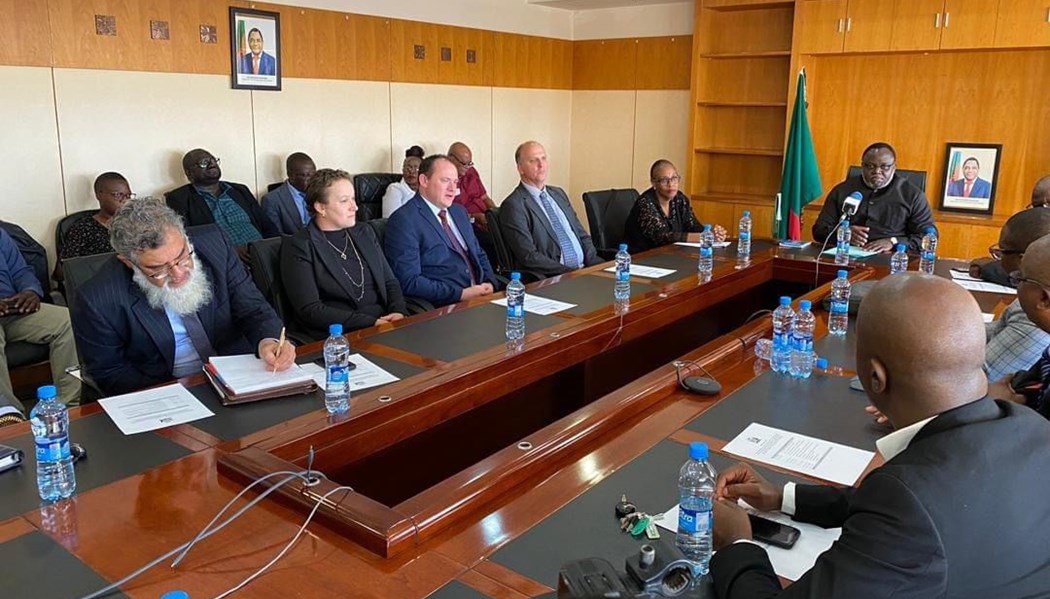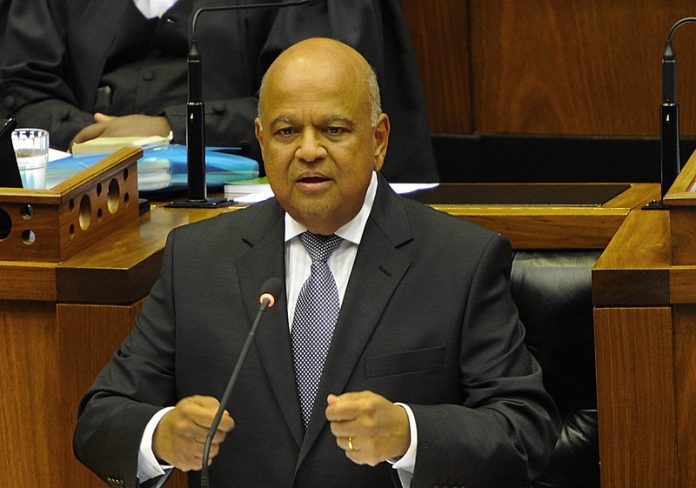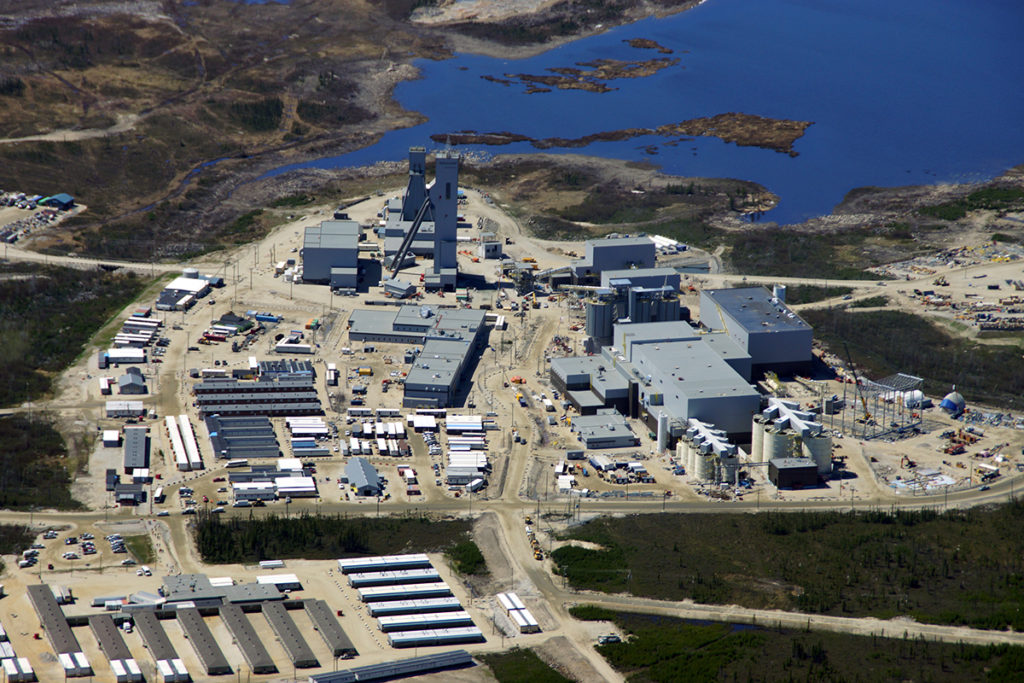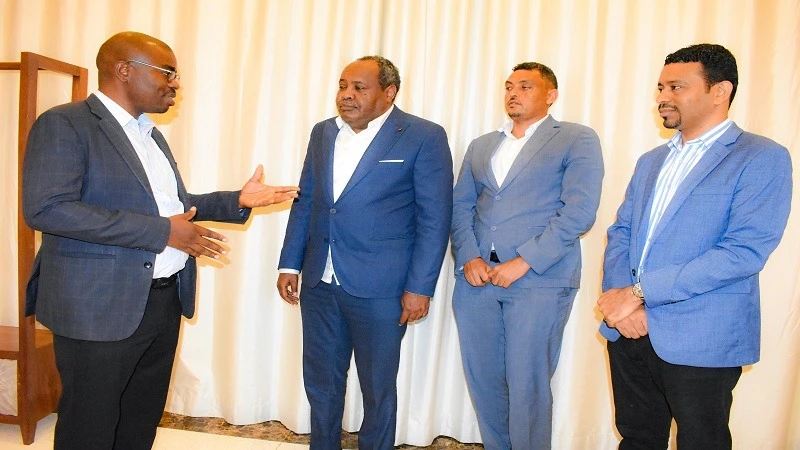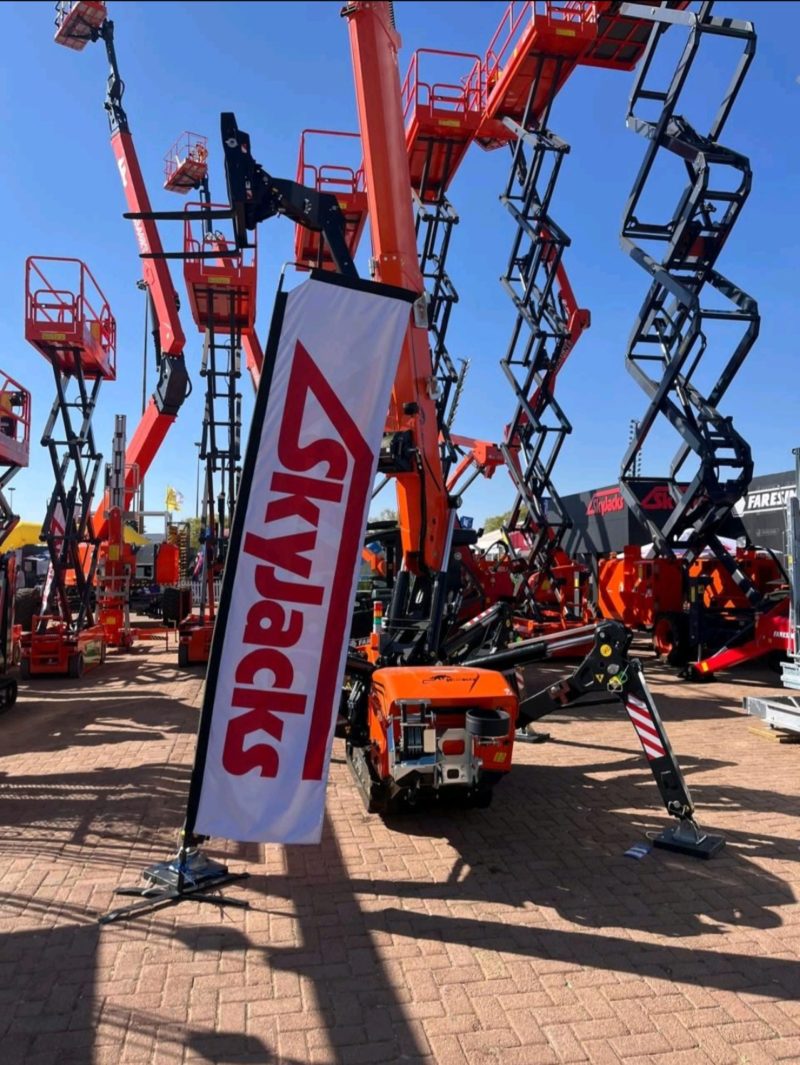Mining Other

Thinking out of the box to unlock Africa’s mining potential

In the African context, traditional financing options present additional challenges. Many countries in the region have unpredictable regulatory environments, and banks or equity investors may be cautious about providing funds to projects that are perceived as high-risk. High capital expenditures required for exploration and development further discourage investors from committing funds to a project without guaranteed returns. Additionally, the time horizon to reach production and profitability in mining can be lengthy, often taking 10 to 15 years to see substantial cash flows, which makes mining projects less attractive to many traditional investors who are seeking faster returns. Access to financing in the region may also be limited by inflationary pressures, currency instability and currency controls. Mining companies are often required to hedge against local market risks, which can add additional layers of cost and complexity. In addition, the lack of infrastructure in remote mining areas can make it difficult to complete projects on time and on budget. The cumulative effect of these issues often results in mining companies being forced to compromise on the quality of their operations or projects.
This article is part of a series where we will explore how royalty and streaming models could transform South Africa’s junior mining landscape, with upcoming articles diving into the financial and operational benefits, as well as considerations for junior miners looking to adopt these innovative funding structures.
Royalty and streaming models
Royalty and streaming models may offer an alternative solution to address the challenges associated with traditional financing. Royalties are financial agreements in which an investor provides upfront capital in exchange for a percentage of the revenue or profits from a mine’s production, typically tied to either the quantity of minerals produced, or the revenue generated from the sale of those minerals. Streaming, on the other hand, involves the investor providing funds in exchange for the right to purchase a portion of the future production at a discounted price.
Royalty and streaming arrangements offer mining companies the ability to raise capital without diluting equity or taking on debt, as well as an opportunity to retain more control of their operations and decision-making processes.
A major advantage of the royalty and streaming model over traditional methods is the lower operational risk exposure for prospective investors. The investor receives a percentage of revenue from the mine, or an ability to purchase commodities at a fixed and advantageous price regardless of whether the mine meets expected production targets or cost over-runs. The investee mining company, therefore, carries the risks of capital cost overruns, labour strikes, fluctuating commodity prices, or production delays, while the investor is insulated from these risks.
Royalty and streaming arrangements could generate a revenue stream much faster compared to traditional funding. Mining projects, especially in Africa, often face long lead times before reaching production. Even after a mine is operational, it may take several more years to reach full production capacity and be able to pay dividends to equity shareholders or be in a position to pay back debt and interest. On the other hand, a royalty or streaming investor can commence generating revenue once production starts or any revenue starts to flow.
Moreover, because royalty and streaming agreements are typically structured over the life of the mine, they provide investors with long-term, stable and predictable returns. This structure allows them to capture additional upsides if the mine discovers new reserves or expands production.
Advantages of these approaches
One of the most significant advantages of royalty and streaming investors is an ability to achieve geographic diversification. Mining companies are often regionally focused, particularly in Africa, where many miners concentrate operations in specific countries or regions. This exposes mining companies to risks tied to political instability, local regulatory changes and economic fluctuations in those regions. Royalty and streaming investors can invest in projects around the world, spreading their risk across different jurisdictions. They have the ability to diversify across multiple countries and commodities, capitalising on opportunities in more “stable” jurisdictions while also gaining exposure to high-potential, high-risk projects in emerging markets.
During market downturns, royalty and streaming investors can also invest in low-cost opportunities, including those in politically stable or lower-cost mining regions, which allows them to position themselves for long-term growth. This makes the royalty and streaming business model highly resilient, performing well even during challenging market conditions.
The shift from traditional financing methods to royalty and streaming agreements could offer a game-changing opportunity for African mining companies. These arrangements provide a more sustainable, flexible, and risk-mitigated approach to financing projects – especially on a continent where political instability, fluctuating commodity prices and high capital expenditures are common concerns.
In terms of this model, mining companies can secure capital more efficiently, avoid the pitfalls of equity dilution or debt burdens, and unlock new avenues for growth. For investors, these models offer exposure to the mining sector without the operational headaches, making it a potentially lucrative option in the long run.
As the focus shifts to investment in mining across the African continent to unlock its rich mineral resources, royalty and streaming agreements will likely play an increasingly important role in helping companies achieve growth while navigating the complexities of the global mining landscape.




